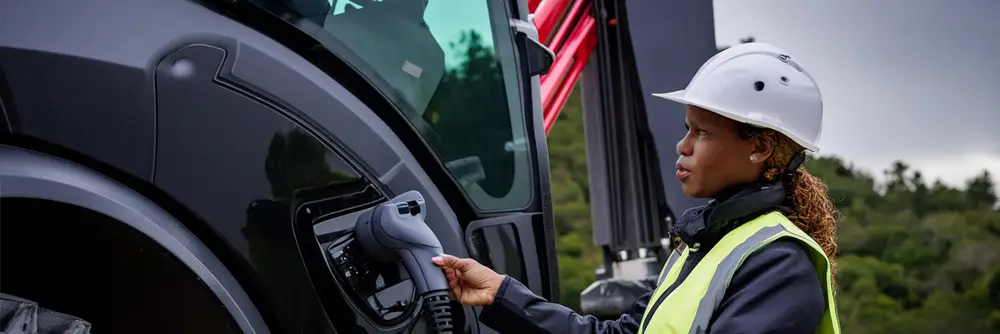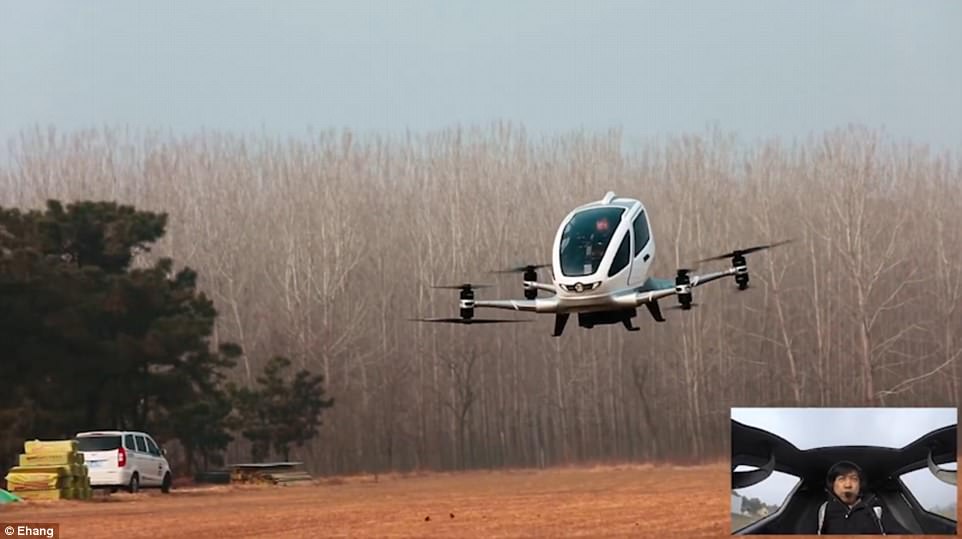The cause of the problem on the power network

Innovations help spread demand of electricity
Drastic measures, such as “turning off” charging infrastructure during peak times, have been suggested. However, much can be gained by using intelligent charging systems that adjust the timing and power consumed based on the price and availability of electricity at that exact moment.
This intelligence must go beyond merely turning charging on and off at set times. Just like a detour route in a traffic jam, it will also become congested as soon as everyone starts using it. In the energy market, it can now be predicted a day ahead what the price will be (“day-ahead market”), but if conditions change, such as a surge of users or changed weather conditions, that prediction is no longer accurate.
Moreover, for large electricity consumers, there simply isn’t the option to plan power usage only outside of peak hours. Excavators, shovels, cranes, etc. must be able to charge when it best fits the work and the operator.
Smart Charging
The essence of the solution is that we must use electricity capacity smartly and automatically when it’s available. For example, at times when there is little charging, a lot of solar panels are supplying power and/or there is a lot of wind to drive wind turbines. Or by having a machine charge bidirectionally; as soon as there is less power available, the machine will act as a battery to return power to the grid.
For this, real-time insight is necessary. Not just predictive based on energy auction data a day ahead, but also responding to live developments on the network and the energy market. In this way, we can also tap into the so-called Balancing Market; this means that we will consume more power as soon as there is excess capacity. This helps energy suppliers avoid having to reduce capacity to prevent over- and underloading. A significant additional benefit is lower rates during charging, and higher during power return.

Smart Charging with the ICR Module from Dot Robot
We saw the problem of grid overload coming some time ago. That’s why we at Dot Robot started early on developing a solution, especially for electric vehicles and machinery that can be easily installed.
The ICR (Intelligent Connected Responsive) Module is a versatile platform that, in addition to usual day-ahead predictions, also reacts to real-time information.
This allows us to perform charging cycles based on the actual needs of operators, prices, and any other constraints. The ICR takes into account variables such as end charging time, a minimum capacity for emergencies, and, for example, peak and off-peak times on the network. And all this automatically. We can thus also respond to the current occupancy of the power grid. The ICR manages communication between all components in the machine and with the charging infrastructure.
The ICR Module can be installed in new electric machines, but also as a retrofit on existing machines, even when they are not developed by Dot Robot.
Release and subsidy
The release of the new ICR Module is scheduled for September 2024. In addition, the application for the SSEB subsidy reopened on March 5, 2024. Smart Charging can be co-financed to qualify for the subsidy. However, a first-come, first-served rule applies, as it has in the past.
Stay in the loop and be the first to benefit
There is a lot happening in this field and solutions are not immediately available. If you want to stay informed about developments regarding the power grid, Smart Charging, and the ICR Module, and be among the first to benefit when the first ICR Modules are delivered, please let us know and sign up here to stay updated:
SSEB Subsidy
To learn more about the possibilities and rules of the SSEB subsidy, please visit the government RVO website:
Get in touch

Jai RambaratSingh
Managing Director / Co-owner


